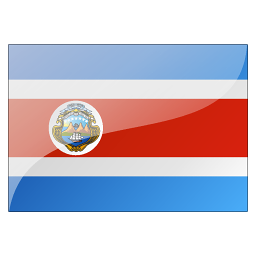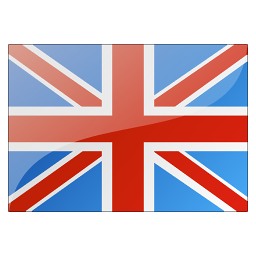



Sliced in half by the swampy Quebrada Cacao and flanked on one side by the emerald waters of the Golfo Dulce, Puerto Jiménez is shared by local residents and wildlife. While walking through the streets of Jiménez (as it's known to locals), it’s not unusual to spot scarlet macaws roosting on the soccer field, or white-faced capuchins traversing the treetops along the main street.

The southern coast is the heart and soul of Costa Rica’s Afro-Caribbean community. Jamaican workers arrived in the middle of the 19th century, and stayed to build the railroad and work for the United Fruit corporation. Also in this area, to the interior, are some of the country’s most prominent indigenous groups – cultures that have managed to remain intact despite several centuries’ worth of incursions, first from the Spanish, later from the fruit industry and currently from the globalizing effects of tourism. They principally inhabit the Cocles/Kèköldi, Talamanca Cabécar and Bribrí indigenous territories.

From the chilly heights of Cerro Chirripó (12532ft, 3820m) to the steamy coastal jungles of the Península de Osa, this sector of Costa Rica encompasses some of the country's most remote land. Vast tracts of forest remain untouched in Parque Internacional La Amistad, and the country's most visible indigenous groups – the Bribrí, Cabécar, Boruc and Ngöbe – maintain traditional ways of living in their territories.

Of the two principal overland routes to Parque Nacional Corcovado, the Puerto Jiménez route on the eastern side of the peninsula has a bit more going on – a single road features a sprinkling of villages along the coast of Golfo Dulce. The landscape is cattle pastures and palm-oil plantations, while the Reserva Forestal Golfo Dulce protects much of the inland area and encompasses the former gold-mining community of Dos Brazos, now the newest entrance to Corcovado and agroturismo epicenter. The largest settlement in the area is the town of Puerto Jiménez, which has transitioned from a boomtown for gold miners to an ecotourism hot spot. South of Jiménez, the surfer haven of Cabo Matapalo and the jungle lodges of Carate beckon travelers in search of nature and solitude.

En semester i Costa Rica bjuder på barfotastränder, surfing och karibiska rytmer. Följ med på en resa från kust till kust i ett av Latinamerikas säkraste och mest artrika länder.

Puerto Limón is the biggest city on Costa Rica’s Caribbean coast, the capital of Limón province, and a hardworking port that sits removed from the rest of the country. Cruise ships deposit dazed-looking passengers here between October and May, but around these parts, business is primarily measured by truckloads of fruit, not busloads of tourists. Aside from the cruise crowd, Limón can be a good base for adventurous urban explorers.

If Patrick and Wingnut from the 1994 surfing movie Endless Summer II surfed a time machine to present-day Tamarindo, they'd fall off their boards. A quarter-century of hedonism has transformed the once-dusty burg into 'Tamagringo,' whose perennial status as Costa Rica’s top surf and party destination has made it the first and last stop for legions of tourists.

The wildness of the Caribbean Coast thwarted 16th-century Spaniards in their quest to settle here and isolated the region for centuries afterward, making it distinctly different from the rest of Costa Rica. Influenced by indigenous peoples and West Indian immigrants, the Caribbean's culture has blended slowly and organically.

Just 10.5 miles (17km) south of Dominical, this growing village consists of some dirt roads lined with farms, guesthouses and shops, a cluster of strip malls by the main Costanera Sur entrance, and a scattering of hotels in the jungle-covered hills above. Uvita has retained its gentle pace of life during the low season, but otherwise has become quite a popular and buzzing travel destination thanks to its increasingly sought-after main attraction, Parque Nacional Marino Ballena. The marine reserve has become famous for its migrating pods of humpback whales and its virtually abandoned wilderness beaches, but there are also good waterfalls nearby.

Stretching from Puntarenas to the tiny town of Uvita, the central Pacific coast is home to wet and dry tropical forests, sun-drenched beaches and a healthy dose of wildlife. On shore, national parks protect endangered squirrel monkeys and scarlet macaws, while offshore waters nurture migrating whales and pods of dolphins.